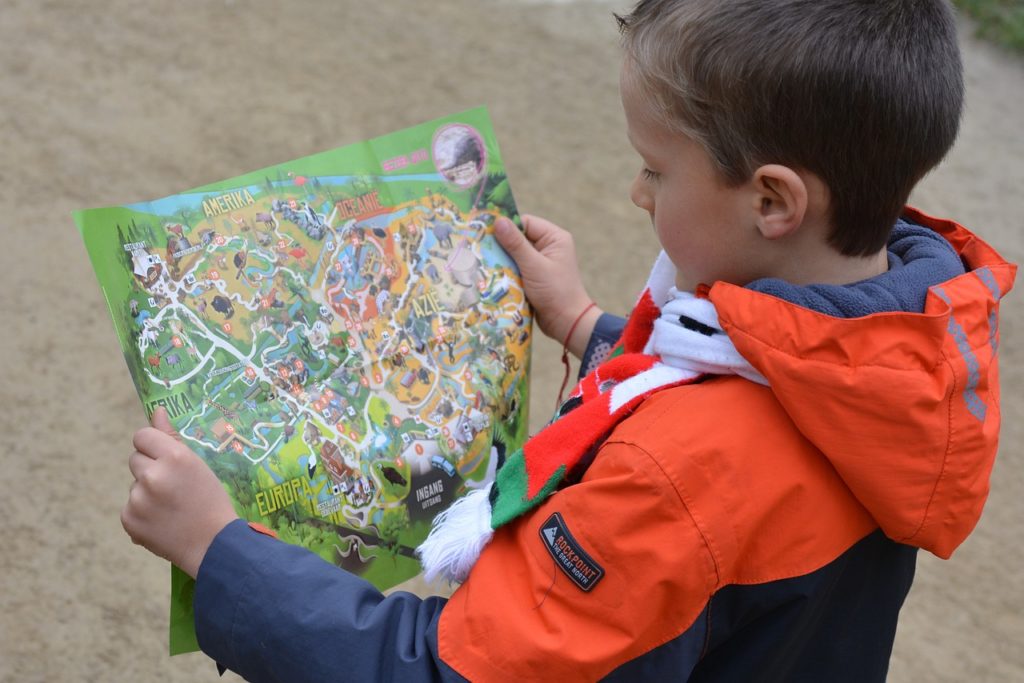While the intricate dance of contour lines reveals the secrets of a landscape’s elevation, another set of symbols unlocks the human touch on the wilderness: the man-made features depicted on topographic maps. These symbols, far from being mere decorations, are your allies in navigation, planning, and understanding the environment you’re about to explore. Let’s embark on a journey to decipher these codes and transform yourself into a confident navigator on your next camping adventure.
Beyond the Lines: A Symphony of Symbols
Imagine unfolding a topographic map – a tapestry woven with brown contour lines and a scattering of colorful symbols. Each symbol represents a human-made feature, offering valuable clues about your surroundings. Here’s a glimpse into their language:
- Roads and Trails: Black lines and dashes represent various types of roads and trails. Solid lines depict paved roads, while dashed lines can indicate unpaved roads, hiking trails, or even animal paths. The width and style of the line often hint at the road’s size and importance.
- Campsites: Look for tent symbols or designated camping areas, typically marked in brown or purple. These areas offer established campsites with amenities like picnic tables, fire rings, and restrooms.
- Buildings and Structures: Various symbols represent buildings like ranger stations, shelters, or historical sites. Water towers, dams, and other structures also have their own unique symbols.
- Transportation Features: Airports, railroads, bridges, and power lines are denoted by specific symbols, providing valuable context for your surroundings.
Unveiling the Secrets: How Symbols Inform Your Adventure
Understanding these symbols empowers you in several ways:
- Navigation: Use roads and trails to plan your route, identify shortcuts, and anticipate potential obstacles. Knowing the difference between a paved road and a rugged hiking trail helps you choose the path that best suits your needs.
- Planning: Campsite symbols help you locate established camping areas, allowing you to plan your overnight stays and avoid searching for suitable spots in the dark.
- Safety: Knowing the location of buildings like ranger stations can provide a sense of security and offer potential assistance in emergencies.
- Awareness: Symbols like power lines or dams warn you of potential hazards and allow you to plan your route accordingly.
Beyond the Basics: Advanced Symbol Reading
Seasoned map readers can delve deeper into the nuances of man-made symbols:
- Color variations: Some maps use color-coding to differentiate types of roads, campsites, or buildings. For example, brown campsites might indicate developed sites, while green ones could represent primitive campsites.
- Symbol details: Pay attention to the specific details within symbols. A dashed line with dots might represent a four-wheel-drive track, while a closed shelter symbol indicates it’s not available for use.
- Map legend: Every map has a legend explaining the meaning of each symbol. Refer to it frequently to ensure accurate interpretation.
Remember: Man-made features are dynamic. Trails can close, campsites can become overgrown, and new structures can be built. Always consult recent information and park regulations before relying solely on map symbols.
Become a Master Decoder: Unlock the Map’s Potential
By unlocking the language of man-made symbols, you transform a topographic map from a mere piece of paper into a valuable tool for exploration, safety, and informed decision-making. So, on your next camping adventure, remember to look beyond the contours – the human imprints on the landscape hold their own stories waiting to be discovered. Happy trails!

